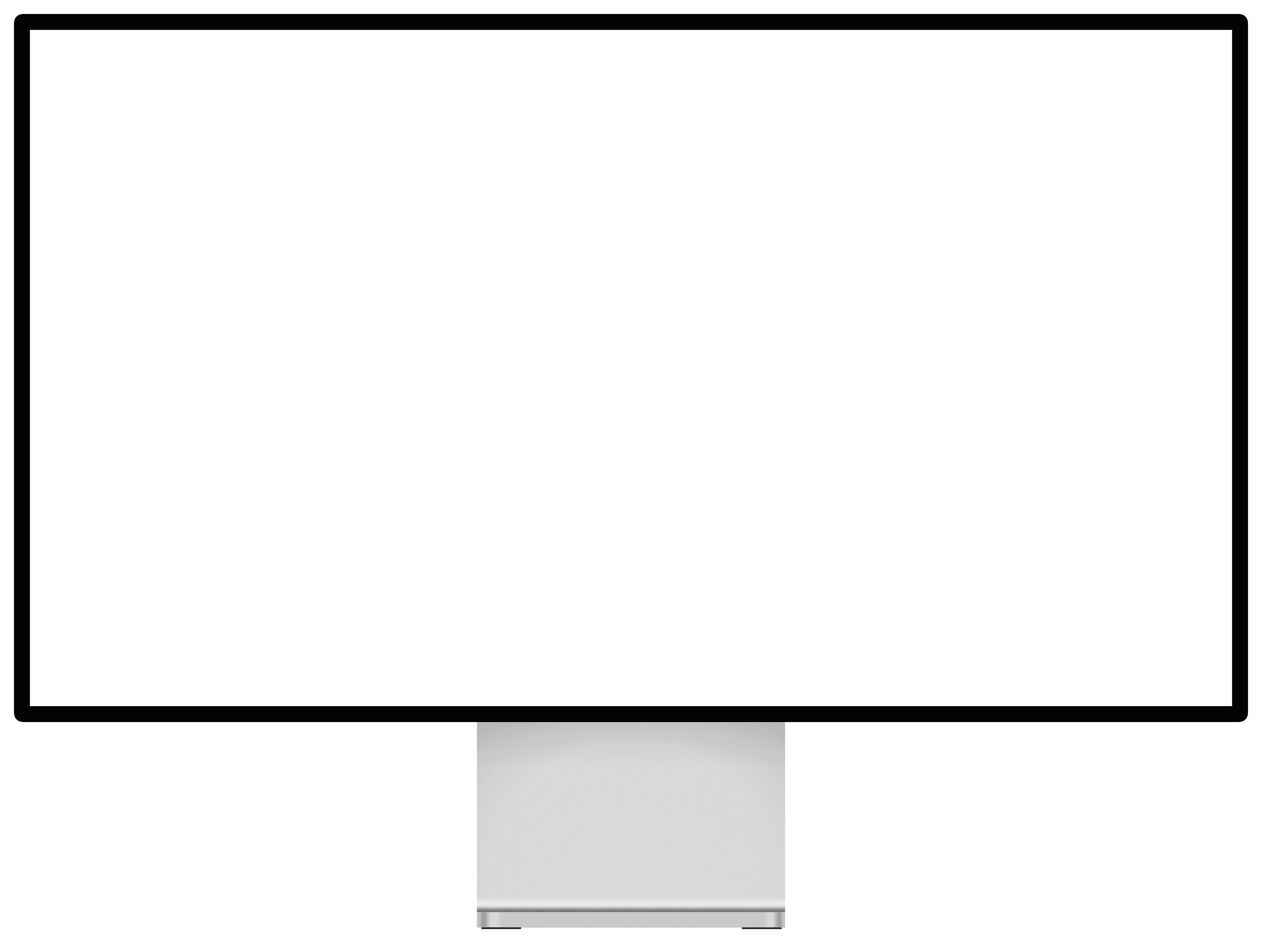WEB APP design, system design
Revamp and scale enterprise B2B healthcare solution
COMPANY
PrecisePK
ROLE
Product Designer
EXPERTISE
UI/UX Design, Marketing Design
Duration
04/2023 - 05/2024
Product Background
PrecisePK is a Bayesian-guided therapeutic drug monitoring software that helps pharmacists to provide individualized precision dosing and tailor it to each patient's unique profile. It has currently been adopted by over 100 major hospitals globally including US, South America, Korea, China, Portugal, etc.
My Role / Contribution
As the sole designer in the team,
Led all UX initiatives, overseeing research and design activities.
Developed and implemented a scalable, flexible design system.
Collaborated cross-functionally with development, pharmacy, and management teams to deliver new features and define strategic roadmaps.
Created graphic assets for marketing and promotional use.
System Setting experience has one of the highest number of unmet needs at PrecisePK.
Since 2022, we've received 20+ feature requests from our key customers, including UCSF, Northwell Health, and UCSD for settings to manage patient dosing more efficiently in line with their hospital protocols. In response, we initiated the 'Protocol Customization Setting' project to to meet these needs.
Current Setting Page: rigid with limited options
So we already have direct user feedback - let's consolidate.
To define the scope and brainstorm initial project idea, I started with reviewing all existing related tickets with product manager and account manager.
It was difficult but crucial to figure out what pharmacists were asking for from their plain email context. Their requests came from highly complicated scenarios within a rigid medical system, which required me to dive deep into specific domain knowledge and apply it within a design context.
Checking back all the request tickets in detailed, I came up with different user stories and outlined the corresponding "setting" features that should be considered for design and implementation.
Brainstorming Session
Figuring out different setting types
What should an ideal Setting experience be like?
When addressing extremely complicated clinical workflows, we all knew it should be simple, straightforward, and clear as it was applied under a special circumstance - the hospital. We came up with three principles, which became the foundation for our design process.
Sketching the design out
Following the user stories and proposed solutions, I created the wireframe to clarify each setting's user flow and find out unclear definitions of detailed steps. I actively met with our lead engineer to help understand and build each workflow in the most efficient way.
Find out the best layout & most efficient workflow step by step
Explored, Designed, Iterated. I tried different styles and layouts to improve the usability and recognition. By having multiple rounds of design review meeting, we tended to be clearer about the case and appropriate solution.
#1 Iteration: limited length for navigation, confusing toggle, unclear boarder lines, lack of functions……
#2 Iteration: still confusing toggle, not consider edge cases, bad contrast on hospital computers, need summary section……
#3 Iteration: confusing arrows, weird floating buttons, no instructional workflows for onboarding……
Systematic & Empathic thinking helps solve complex problems.
Designing for a B2B healthcare product has given me the opportunity to address complex, systematic challenges while learning from healthcare professionals who often face complex workflows. It’s challenging to work on a product that spans multiple touchpoints in the user experience, from the overall design to interactions and specific user workflows.
Fast learning skills are crucial.
Clinical software has complex structures with a large amount of data and idiosyncratic medical terminologies and jargon which I had no prior knowledge or experience of. My ability to quickly learn and translate abstract concepts into intuitive designs has been key to creating user-friendly solutions in this specialized field.
End users are often not the decision-makers.
Designing for a B2B enterprise-level software, I need to align product values with users’ needs and connect UX with customer success and business ROI goals. This process helped me realize the weight of my job - advocating for users within the business while helping the business bring more value to the users.











